Table of Contents
Introduction
Baking bread at home is a rewarding experience that fills your kitchen with the comforting aroma of freshly baked goodness. This guide will walk you through the process of creating a delicious loaf of bread, perfect for beginners and seasoned bakers alike.
How to Make Bread Recipe
Ingredients and Directions
Easy Bread Recipe in 2024
Course: BakingCuisine: GlobalDifficulty: Easy1
loaf20
minutes30
minutes200
kcalTo get started, gather the following ingredients:
Ingredients
3 cups all-purpose flour
1 tablespoon active dry yeast
1 teaspoon salt
1 tablespoon sugar
1 1/4 cups warm water
2 tablespoons olive oil or melted butter
Directions
- In a large bowl, mix together the flour, yeast, salt, and sugar.
- Create a well in the center of the dry ingredients and pour in the warm water and olive oil (or melted butter).
- Using a wooden spoon or your hands, mix the ingredients until a soft dough forms.
- Knead the dough on a lightly floured surface for about 8-10 minutes until it becomes smooth and elastic.
- Place the dough in a greased bowl, cover it with a damp towel, and let it rise in a warm place for about an hour or until it doubles in size.
- Punch down the dough and shape it into a loaf. Place it in a greased 9×5 inch loaf pan, cover it, and let it rise again for about 30 minutes.
- Preheat your oven to 375°F (190°C).
- Bake the bread for about 30-35 minutes or until it turns golden brown and sounds hollow when tapped on the bottom.
- Remove the bread from the pan and let it cool on a wire rack before slicing and serving.
Tips for Success Bread Recipe
- Use fresh ingredients: Ensure your yeast is active and not expired for the best results.
- Knead the dough properly: Kneading develops the gluten in the flour, which gives bread its structure and texture.
- Create a warm environment for rising: Yeast thrives in warm, humid conditions. If your kitchen is cold, you can create a warm spot by placing the dough near a preheated oven or in a microwave with a cup of boiling water.
- Experiment with flavors: Once you’ve mastered the basic recipe, try adding herbs, cheese, or dried fruit to create your own unique bread variations.
Troubleshooting Common Bread Baking Issues
Even the most experienced bakers encounter problems from time to time. Here are some common issues and how to fix them:
- Dense or heavy bread: This can be caused by using too much flour, not kneading the dough enough, or letting the dough rise for too long. Be sure to measure your ingredients accurately and knead the dough until it’s smooth and elastic.
- Bread doesn’t rise: If your bread doesn’t rise, it could be due to inactive yeast, too much salt, or not enough sugar. Make sure your yeast is fresh and active, and that you’re using the correct proportions of ingredients.
- Crust is too dark or burnt: If your bread’s crust is too dark, your oven temperature may be too high, or the bread may be placed too close to the heating element. Try lowering the oven temperature slightly or placing the bread on a lower rack.
- Bread is too dry: Overbaking can cause bread to become dry and crumbly. Check your bread a few minutes before the recommended baking time to see if it’s done. Another cause of dry bread is not storing it properly. Keep your bread in an airtight container or plastic bag to maintain its moisture.
Storing and Freezing Homemade Bread Recipe
Properly storing your homemade bread will keep it fresh and delicious for several days. Here are some tips:
- Room temperature storage: Keep your bread in an airtight container or plastic bag at room temperature for up to 3 days.
- Refrigerator storage: Bread can be stored in the refrigerator for up to a week, but it may become slightly dry and stale. To refresh it, toast a slice or warm it in the oven for a few minutes.
- Freezing bread: To store bread for longer periods, freeze it. Wrap the cooled loaf tightly in plastic wrap, then place it in a freezer bag. Frozen bread can be stored for up to 3 months. When you’re ready to eat it, let the bread thaw at room temperature before slicing and serving.
Serving Suggestions and Pairings
Freshly baked bread is a versatile staple that can be enjoyed in countless ways. Here are some serving suggestions and pairings:
- Breakfast: Toast a slice of bread and top it with butter and jam, or make a breakfast sandwich with eggs, cheese, and your favorite breakfast meats.
- Sandwiches: Use your homemade bread to create delicious sandwiches, from classic PB&J to gourmet grilled cheese or a hearty club sandwich.
- Soup and stew: Serve a warm slice of bread alongside your favorite soup or stew for a comforting and satisfying meal.
- Cheese and charcuterie: Pair your bread with a variety of cheeses, cured meats, and spreads for a delightful appetizer or light meal.
- Olive oil and herbs: Dip a slice of bread in high-quality olive oil and sprinkle with herbs like rosemary or thyme for a simple, flavorful snack.
Variations and Flavor Combinations
Once you’ve mastered the basic bread recipe, try experimenting with different flavors and add-ins to create your own unique loaves. Here are some ideas to get you started:
- Herb and garlic bread: Mix chopped fresh herbs (like rosemary, thyme, or basil) and minced garlic into the dough before kneading.
- Cinnamon raisin bread: Add cinnamon and raisins to the dough for a sweet and aromatic loaf, perfect for breakfast or brunch.
- Cheese bread: Incorporate shredded cheese (like cheddar, parmesan, or asiago) into the dough for a savory, cheesy loaf.
- Whole wheat bread: Substitute half of the all-purpose flour with whole wheat flour for a heartier, more nutritious loaf.
- Olive and sun-dried tomato bread: Mix chopped olives and sun-dried tomatoes into the dough for a Mediterranean-inspired loaf.
Remember, the possibilities are endless when it comes to creating your own unique bread recipes. Don’t be afraid to experiment and have fun in the kitchen!
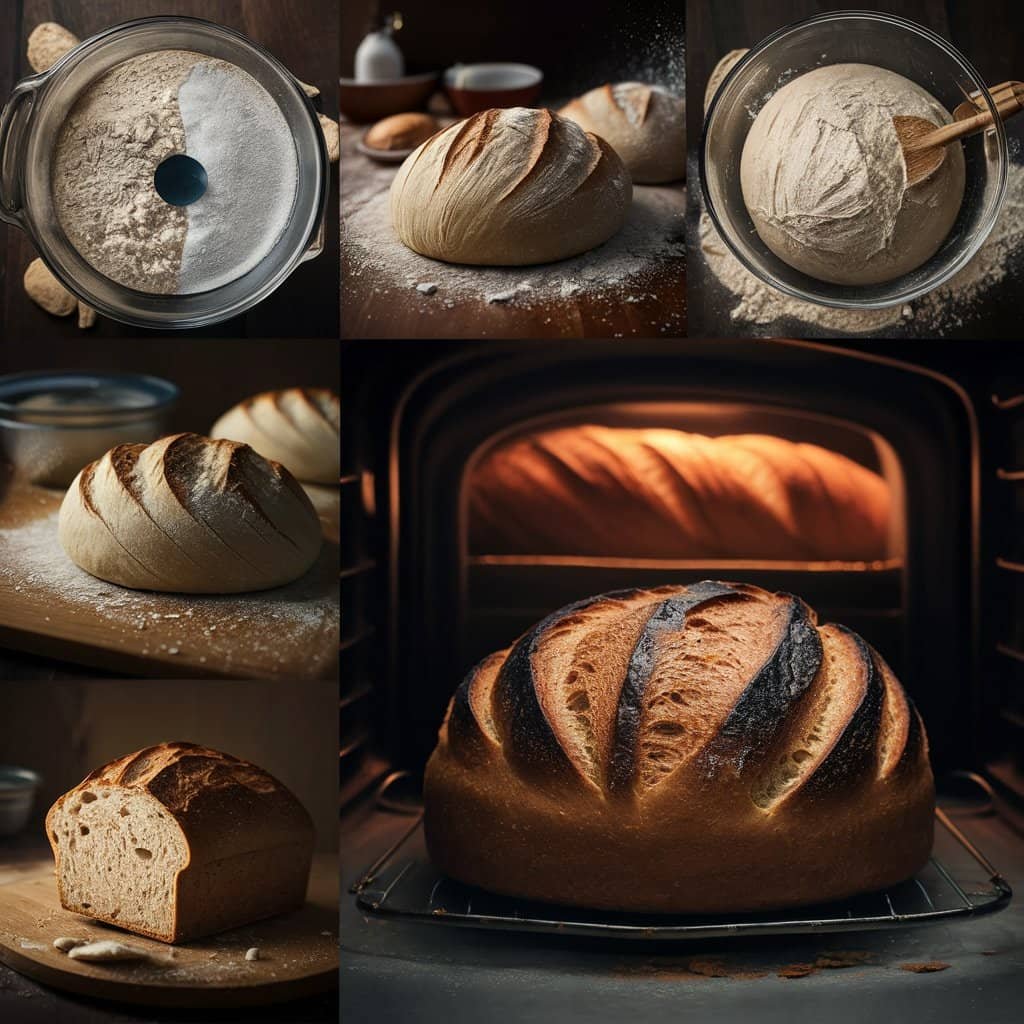
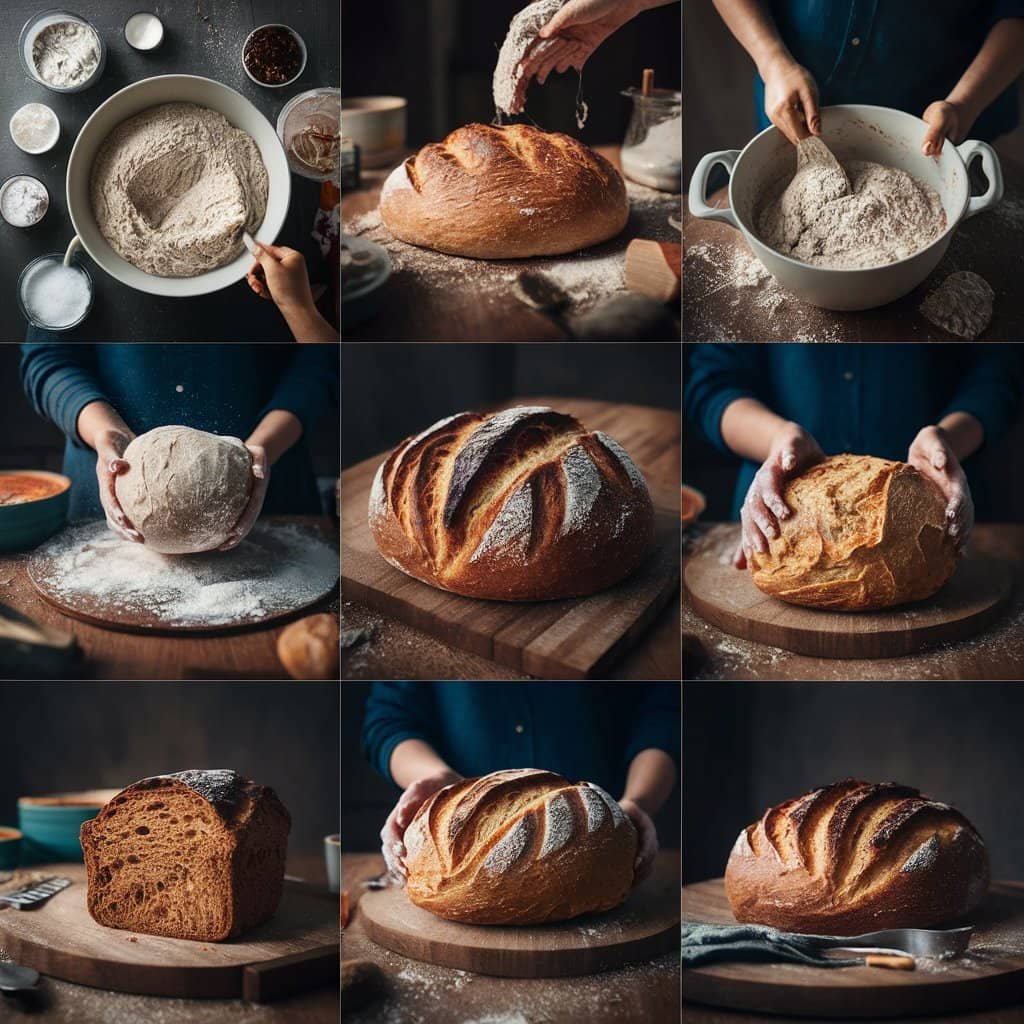

Conclusion at Bread Recipe
Baking homemade Bread is a simple yet gratifying process that results in a delicious, fresh loaf perfect for any occasion. By following this step-by-step guide, you’ll be able to create a beautiful, tasty bread that will impress your family and friends. Don’t be afraid to experiment with different flavors and techniques to find your perfect loaf. Happy baking!




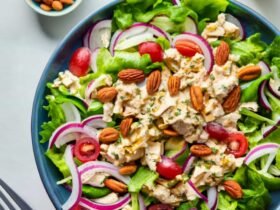
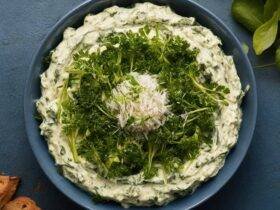




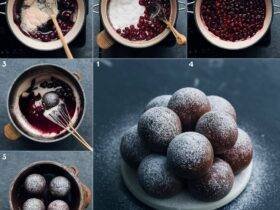
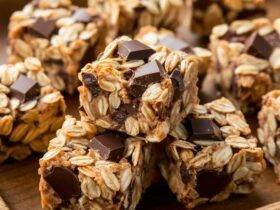
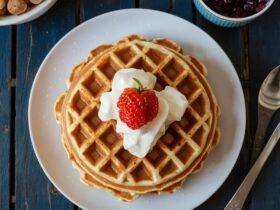
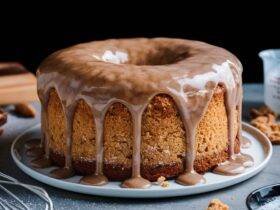

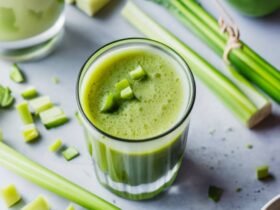



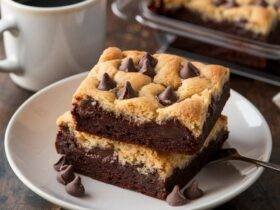


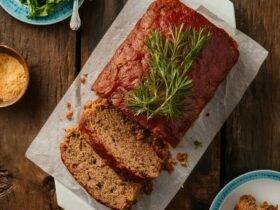
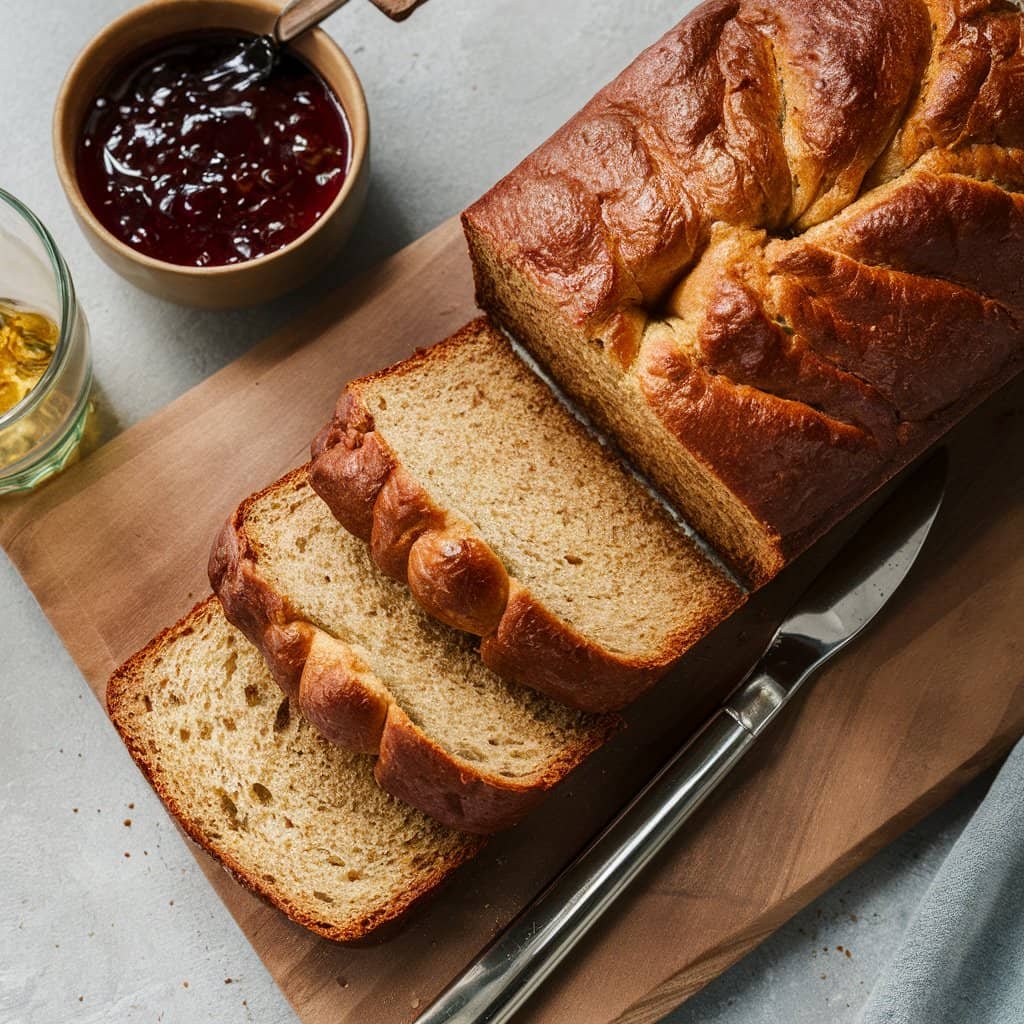
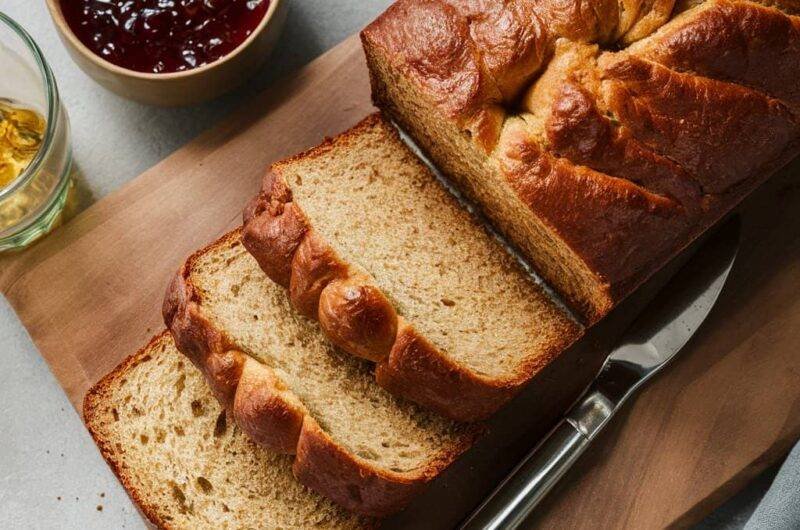


Leave a Reply